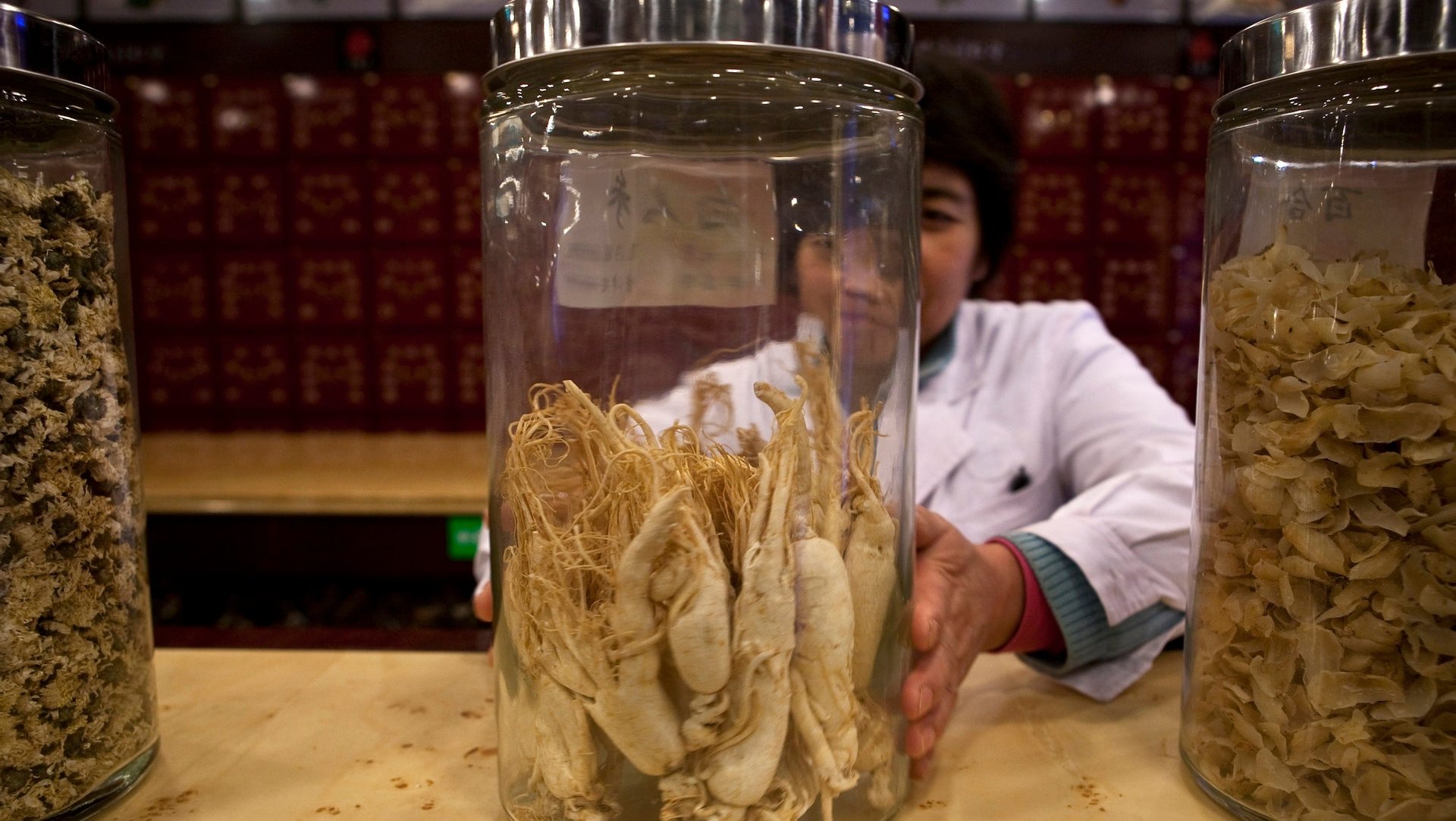China’s art sales slump, but they were mostly fake anyways
China is no longer the world’s number one art market by sales volume—and it probably never really was.


China is no longer the world’s number one art market by sales volume—and it probably never really was.
Sales fell by a quarter in 2012 to €10.6 billion, according to a report by Art Economics (paywall). But China never really was top of the league for bona fide art transactions.
Its art market is deeply intertwined with bribery and corruption, with auction houses and galleries permitting the sales of fake pieces, which businessmen use as a means to transfer cash to corrupt government officials. The Chinese call it “elegant bribery”: a businessman presents a government official with a fake work of art, then buys it back from him at auction for a vastly inflated price. Beijing art lawyer Nancy Murphy estimated that up to 80% of the pieces at China’s galleries and auctions were fakes.
Since new Chinese premier Xi Jinping took office and vowed to fight corruption, bribery—both the elegant variety and the old-fashioned kind—is on the wane. Wealthy Chinese are buying fewer of the products traditionally used for so-called “gifting” (bribery by way of objects instead of cash). Sales of expensive “bai jiu” grain liquor and fancy watches are down, and upmarket restaurants are seeing less business.
That said, gifting may simply be moving away from well-known and visible luxury products to new and less established ones.
Last September, a newspaper noticed (Chinese) how, in anticipation of a graft crackdown by China’s new government, people were concealing bribes by giving high-value gift cards “that could be turned into hard cash in the blink of an eye”. And the FT recently reported (paywall) that ”hard to price but easy to value” objects—gym memberships, treadmills, foot rubs, American ginseng—are also gaining popularity.